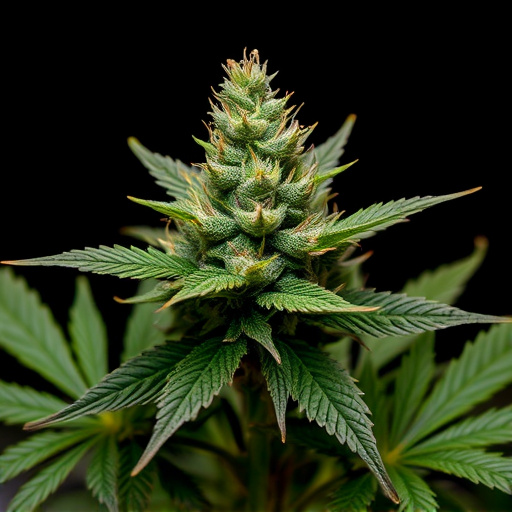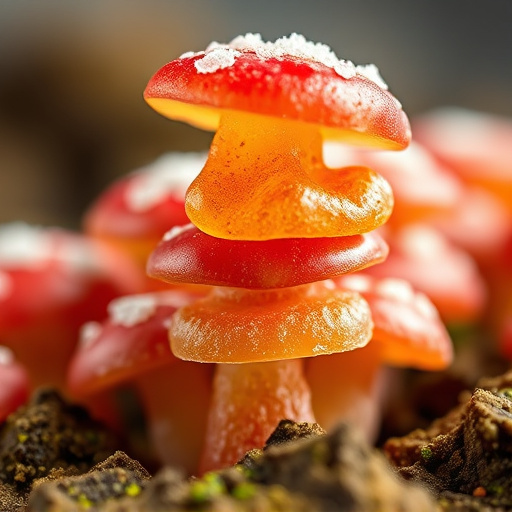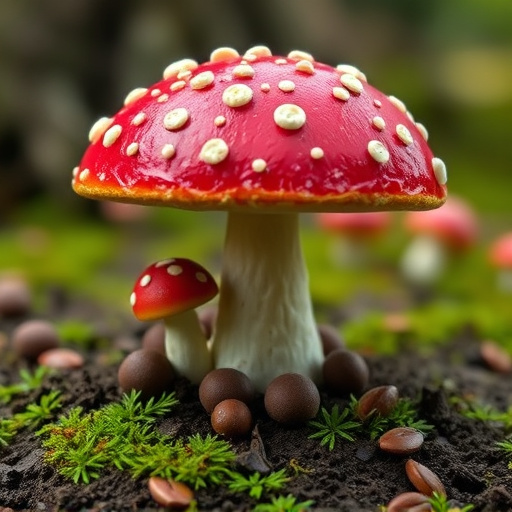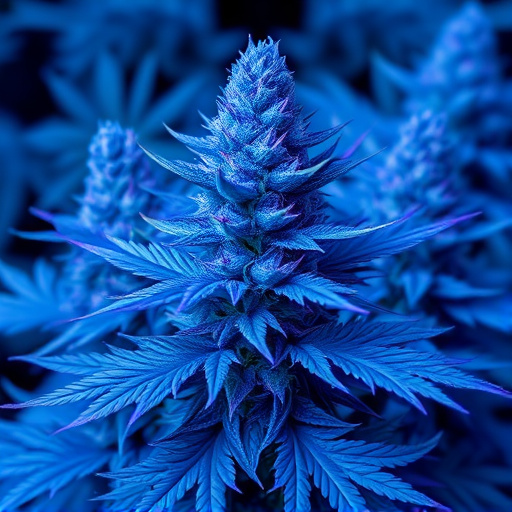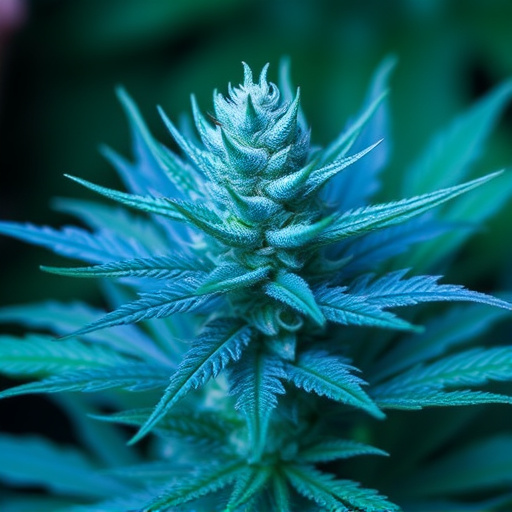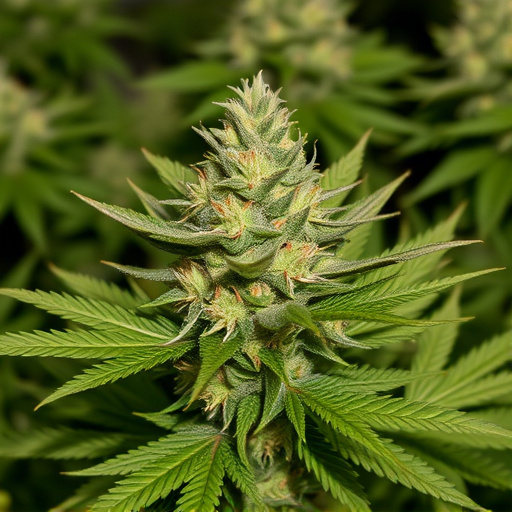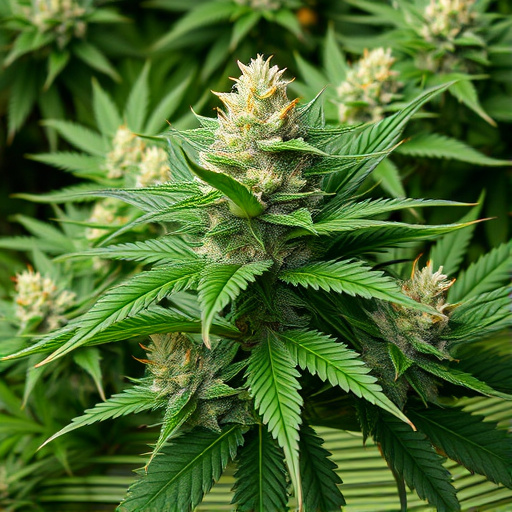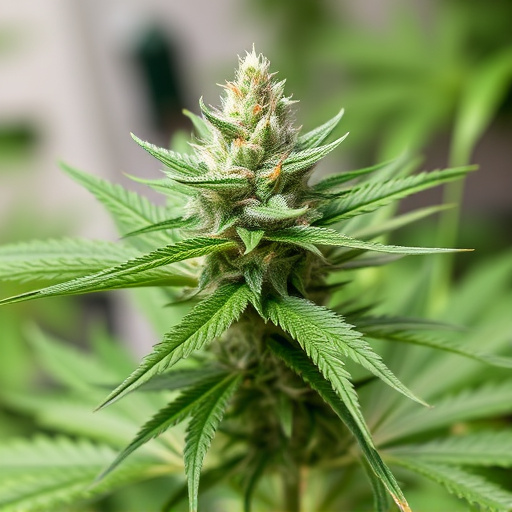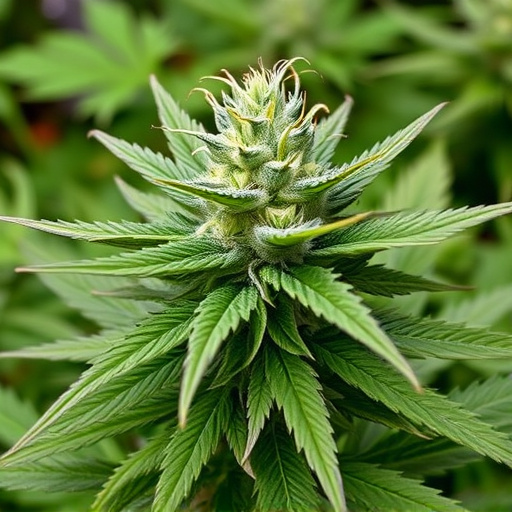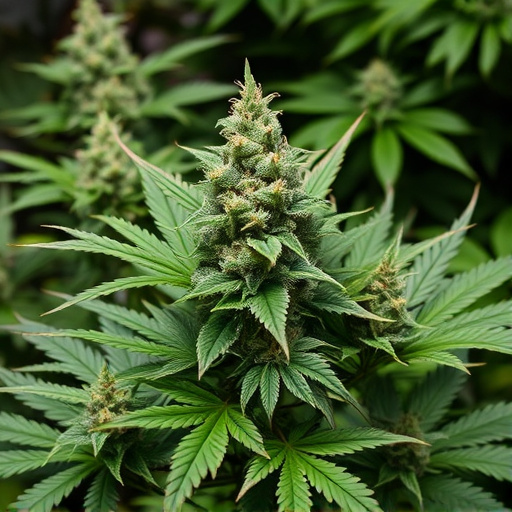Temperature dramatically affects the bioavailability of cannabinoids in classic cannabis strains. Lower temperatures stabilize THC and CBD, slowing absorption but reducing psychotropic effects for CBD. Higher temperatures enhance THC solubility and speed its absorption, ideal for vaporization methods like dabbing. CBD, while also benefiting from moderate heating, has a broader effective temperature range (71°C) accommodating various consumption methods. Controlled vaporization temperatures optimize cannabinoid experiences based on desired effects from classic strains.
In the realm of cannabis, temperature plays a pivotal role in the absorption of its potent compounds, THC and CBD. This article delves into the intricate relationship between heat and these cannabinoids, offering a detailed analysis of their respective behaviors. We explore how different temperatures impact the bioavailability of classic cannabis strains, providing insights for enthusiasts to optimize their consumption experiences. Understanding these dynamics is key to unlocking the full potential of cannabis’s diverse compounds.
- Understanding Temperature's Role in Cannabis Compounds Absorption
- Impact of Heat on THC vs. CBD: A Detailed Analysis
- Exploring the Optimal Temperatures for Classic Cannabis Strains' Bioavailability
Understanding Temperature's Role in Cannabis Compounds Absorption
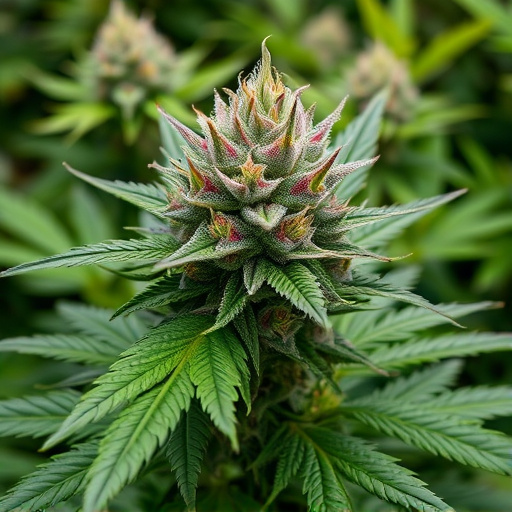
The role of temperature in cannabis compound absorption is a fascinating aspect often overlooked. Cannabis, known for its diverse profiles and effects, reveals a unique interaction with heat. When it comes to classic cannabis strains, temperature can significantly impact the bioavailability of their key active ingredients—THC (tetrahydrocannabinol) and CBD (cannabidiol).
At lower temperatures, THC and CBD tend to be more stable and less soluble, meaning they may not absorb as easily into the body. On the other hand, higher temperatures can alter these compounds’ chemical structures, enhancing their lipophilicity—their ability to dissolve in fats. This is why consuming cannabis through methods like vaporization at controlled temperatures allows for more efficient absorption, offering a tailored experience for users seeking specific effects from classic strains.
Impact of Heat on THC vs. CBD: A Detailed Analysis
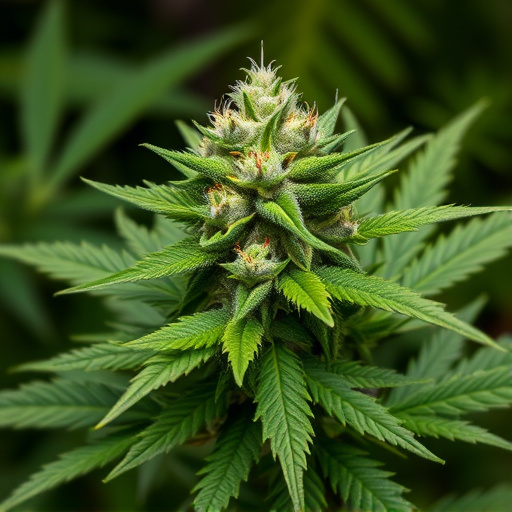
The relationship between temperature and cannabinoid absorption is a fascinating aspect of understanding how our bodies process classic cannabis strains. When it comes to THC (Tetrahydrocannabinol), heat plays a significant role in its activation and subsequent effects. THC is known for its psychotropic properties, inducing feelings of euphoria and altered perception. In concentrated forms, exposure to higher temperatures can lead to accelerated THC absorption, making it more potent and faster-acting. This is particularly relevant for edibles or concentrates where precise temperature control during consumption is crucial.
In contrast, CBD (Cannabidiol) exhibits a different response to heat. While moderate heating can enhance its solubility, allowing for better absorption, extreme temperatures may degrade CBD, reducing its effectiveness. Unlike THC, CBD is non-psychoactive and is often sought after for its potential therapeutic benefits. The stability of CBD at varying temperatures is essential, especially in the development of cannabis-based medicines where precise formulations are required to deliver specific dosages effectively. This contrast between THC and CBD highlights the complex interplay between heat and cannabinoid absorption, offering insights that can shape both recreational and medicinal cannabis consumption experiences.
Exploring the Optimal Temperatures for Classic Cannabis Strains' Bioavailability
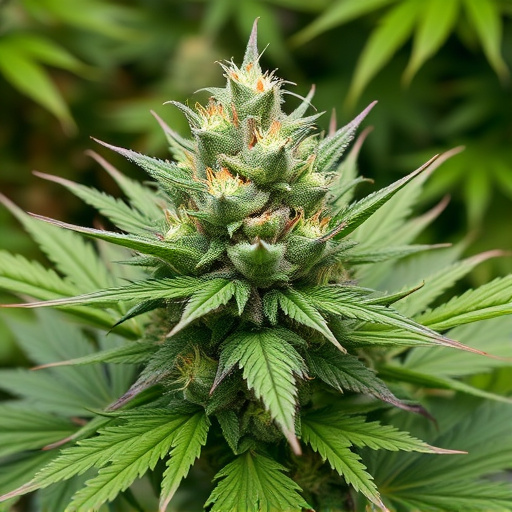
The optimal temperature range for maximizing bioavailability of classic cannabis strains varies depending on the desired effects and specific compounds. For THC, a moderate temperature of around 180-210°F (82-99°C) is ideal. At these temperatures, THC becomes more soluble in fat and oil solvents, enhancing its absorption into the body. This range is commonly achieved through vaporization methods like dabbing or certain types of cannabis edibles infusions, allowing for a faster and more efficient high.
In contrast, CBD is more stable across a broader temperature spectrum. While it also benefits from moderate heat to improve solubility, temperatures as low as 160°F (71°C) can still provide effective absorption. This makes CBD particularly versatile in various consumption methods, from sublingual drops and capsules to topical applications, ensuring users can find the right delivery system for their needs based on desired effects and personal preferences.
In understanding how temperature influences the absorption of THC and CBD, it becomes evident that optimal delivery methods are key to maximizing their bioavailability. For enthusiasts of classic cannabis strains, this knowledge empowers them to make informed choices regarding consumption, ensuring a more effective and enjoyable experience. By considering temperature as a variable, users can unlock the full potential of these compounds, enhancing both the quality and efficiency of their intake.
